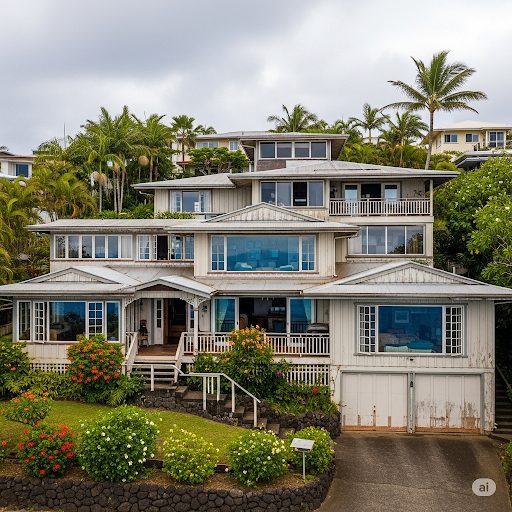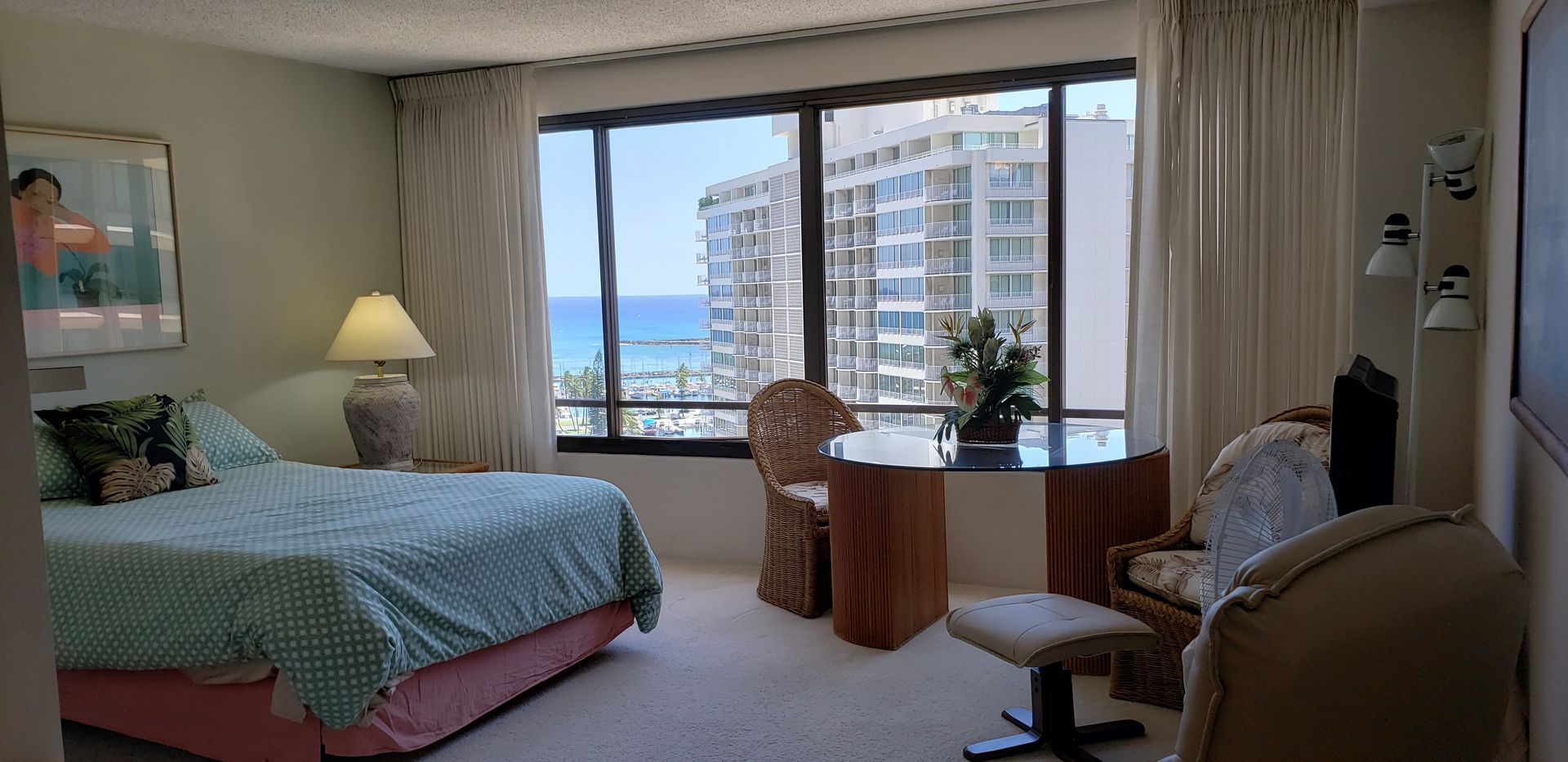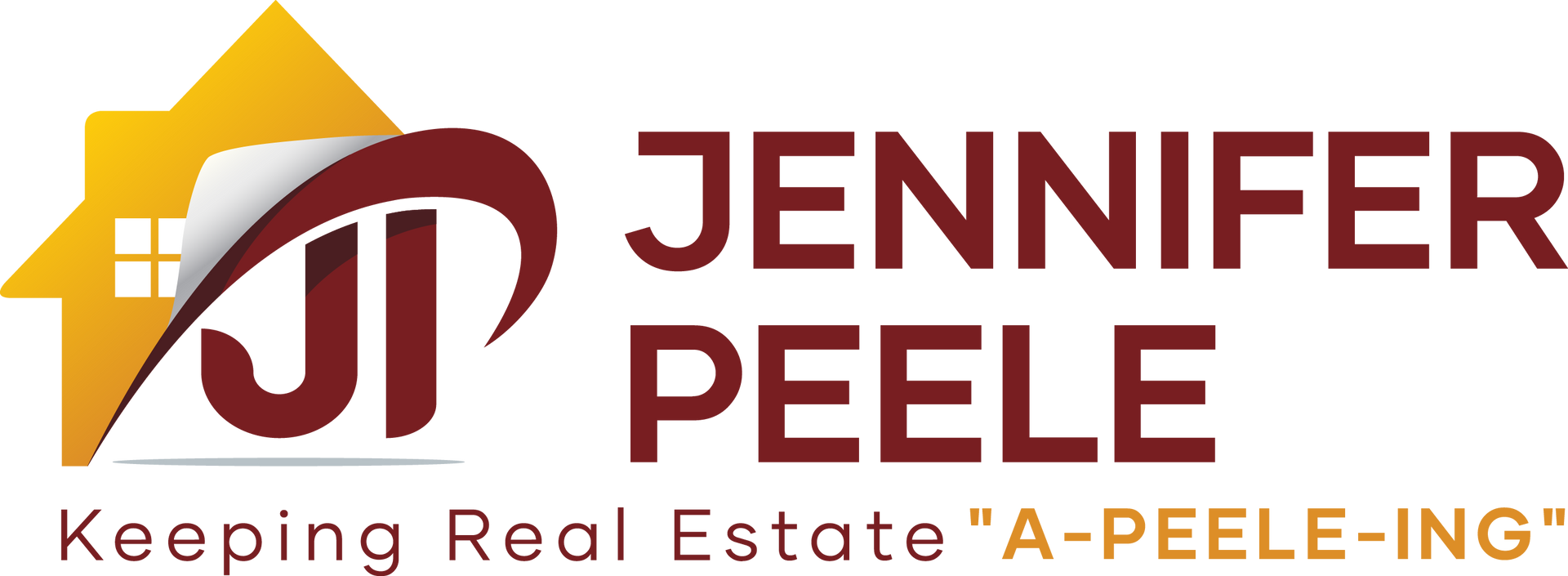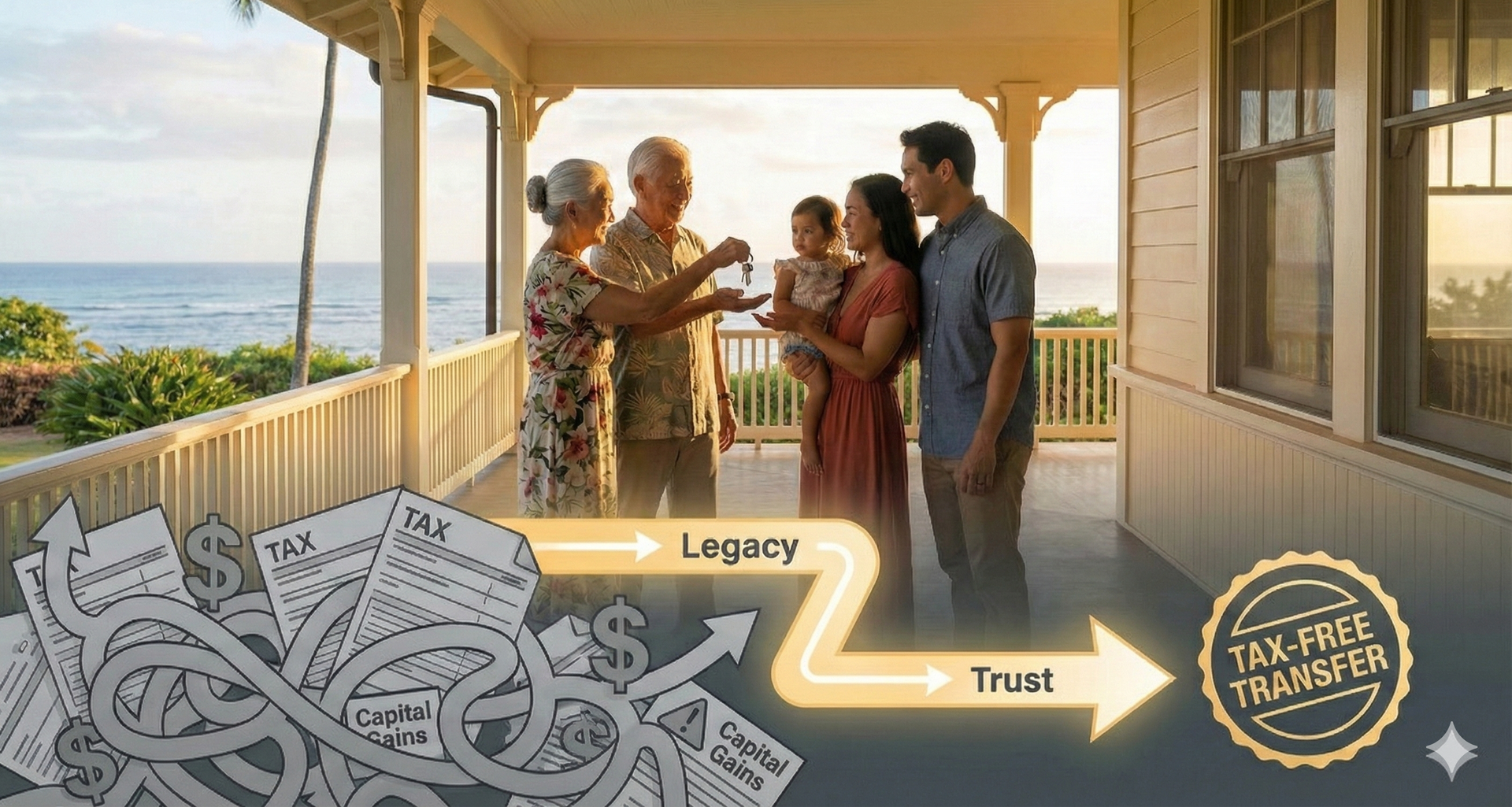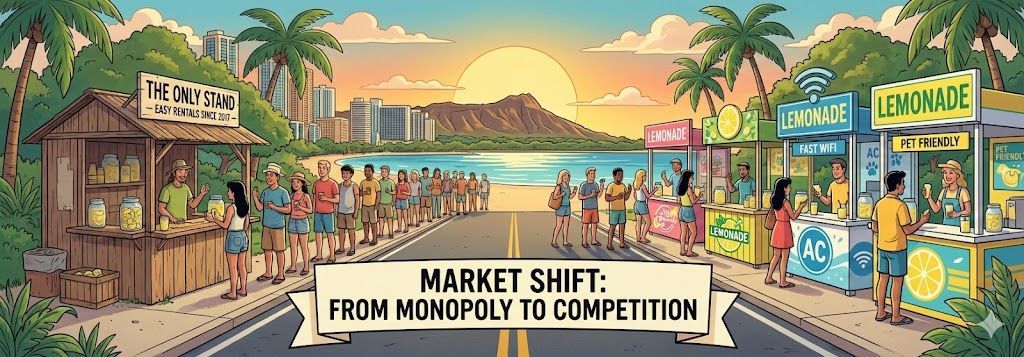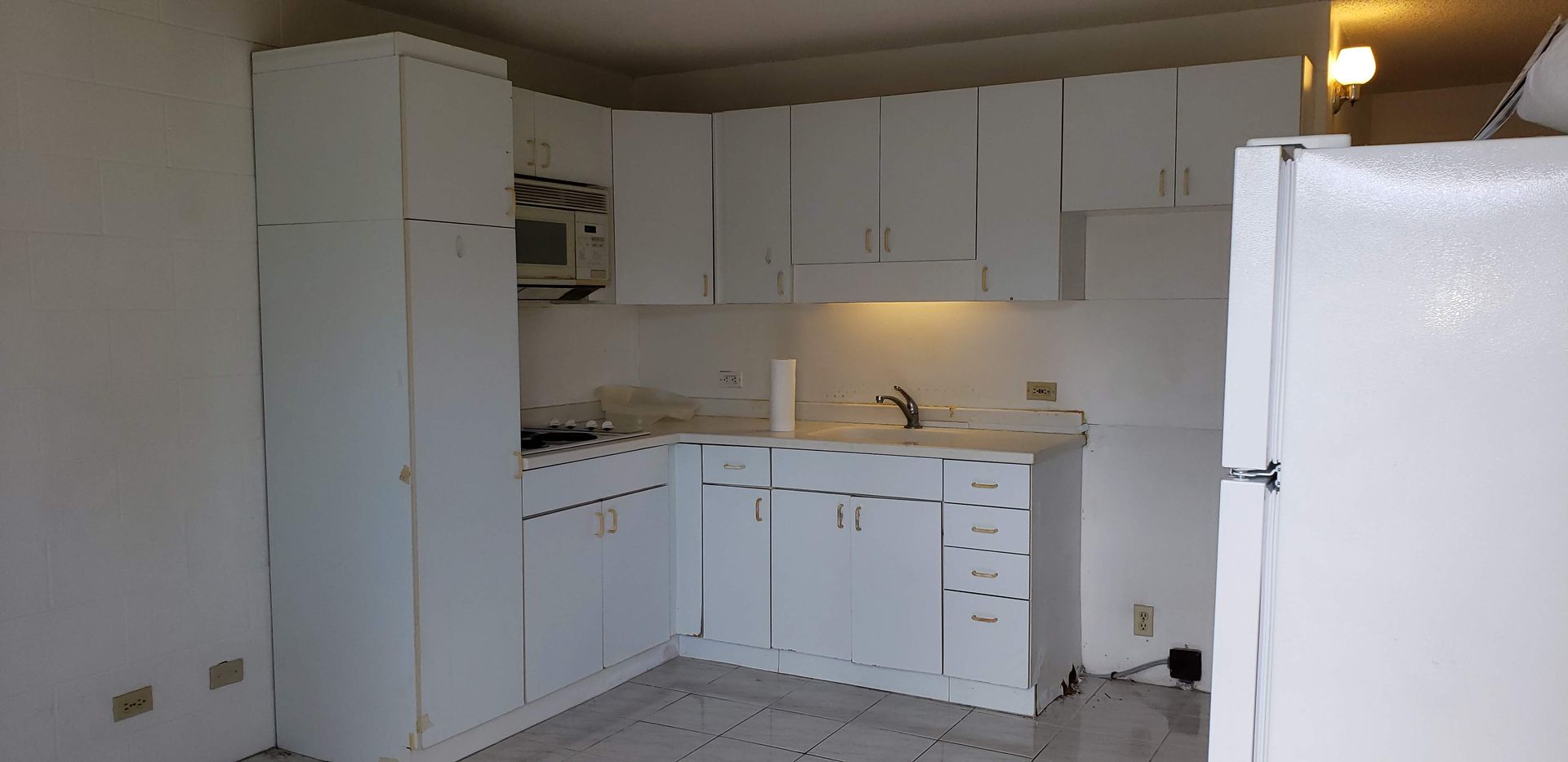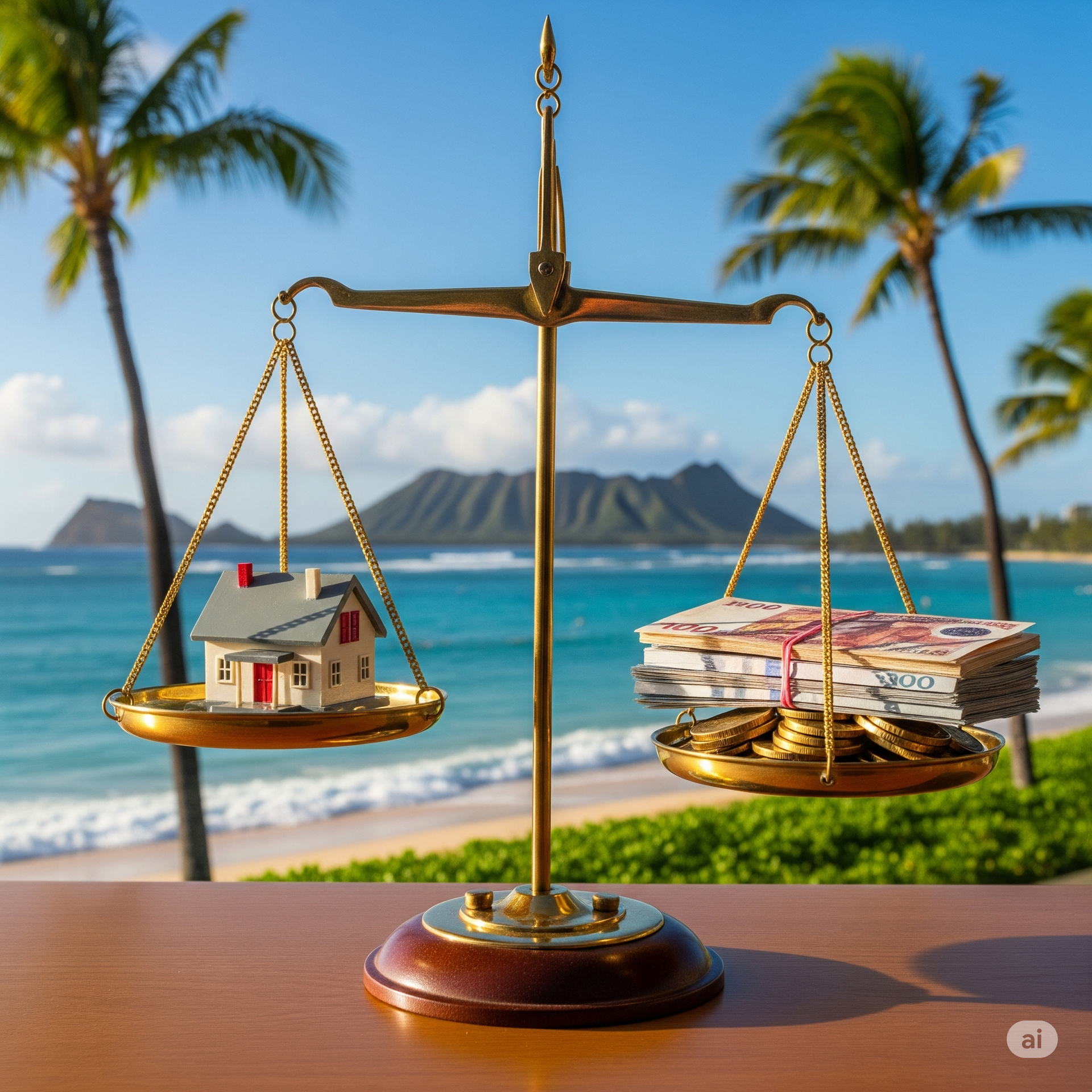Oahu Short-Term Rentals: Your Secret Weapon for Lowering High Taxes
Can you believe we're already halfway through the year? As July rolls around here in beautiful Oahu, it's the perfect time to pause and ask yourself: Have you truly been tax planning for 2025? Or are you simply waiting until next spring to see what Uncle Sam demands?

The thought of a significant tax bill can be daunting. But what if I told you there's a powerful, legitimate strategy that can dramatically offset your tax liabilities, potentially saving you thousands of dollars?
In 2023, I essentially did just that. I purchased an investment property, strategically utilized a cost segregation study, and was able to offset a substantial portion of my tax obligations. This resulted in me saving thousands of dollars that would have otherwise gone to taxes.
This isn't some shady workaround; it's a savvy application of IRS rules surrounding short-term rentals (STRs).
The Short-Term Rental "Loophole" Strategy: The Basics
The core idea is to transform a passive rental activity into an active business for tax purposes. Here's a simplified look at the steps:
1. Purchase a Short-Term Rental Property:
- This could be a condo, a single-family home, or even a multi-unit property. The key is its potential for short-term stays (think Airbnb, VRBO, etc.).
2. Meet the "Active Participation" Criteria (The "Loophole" Trigger):
- This is the most crucial step. For your STR to generate "active losses" that can offset your ordinary income (like your W-2 wages), you typically need to satisfy one of two main conditions regarding the average length of stay:
- The 7-Day Rule: The average period of customer use for the property is 7 days or less.
- The 30-Day Rule with Significant Services: The average period of customer use is 30 days or less, AND you provide "significant personal services" (services that go beyond typical landlord duties, like daily cleaning, concierge services, or meals).
- Material Participation: Even if you meet the 7-day or 30-day rule, you must also materially participate in the activity. The most common way to do this for STRs is to participate for more than 100 hours during the year, AND your participation is not less than the participation of any other individual (including property managers). Keeping a detailed log of your time spent on the property is critical here!
3. Conduct a Cost Segregation Study:
- This is where the magic really happens. While a typical residential rental property is depreciated over 27.5 years, a cost segregation study is an engineering-based analysis that breaks down your property into its individual components.
- It identifies assets within the property that have shorter depreciable lives (e.g., 5, 7, or 15 years), such as:
- 5-year property: Appliances, furniture, window treatments, carpeting.
- 15-year property: Land improvements like fences, driveways, and landscaping.
- By accelerating the depreciation of these components, you generate significantly larger non-cash "tax losses" in the early years of ownership.
4. Utilize Accelerated Depreciation & Bonus Depreciation:
- Once your property components are reclassified, you can take advantage of accelerated depreciation methods.
- Bonus Depreciation: This allows you to deduct a large percentage of the cost of eligible assets (those with a useful life of less than 20 years) in the first year they are placed in service. One Big Beautiful Bill Act on July 4, 2025, which permanently reinstates 100% bonus depreciation for qualifying assets placed in service after January 19, 2025.
The Result? Significant Tax Savings!
When you combine meeting the active participation rules for your STR, a robust cost segregation study, and the benefits of accelerated/bonus depreciation, you can create a "paper loss" that can offset your active income. This means a lower taxable income and, ultimately, a much smaller tax bill.
For example: If your STR generated a $50,000 tax loss due to depreciation and other expenses, and you earned $150,000 in W-2 income, your taxable income could be reduced to $100,000, saving you thousands in federal and state taxes.
Ready to Get Started?
Please Note: I am NOT a CPA or tax advisor. This information is for educational purposes only and should not be considered tax advice. Tax laws are complex and constantly evolving, and your individual situation is unique.
However, I am a realtor here on Oahu, and I have hands-on experience with this strategy. If you're a high-income earner interested in exploring how purchasing a short-term rental on our beautiful island could become a powerful tax-saving vehicle for you, I can help you:
- Find eligible properties: Not all properties are suitable for STRs, especially with Oahu's specific zoning and regulations. I can guide you to areas where STRs are legally permitted (like resort zones or properties with existing Nonconforming Use Certificates, though new NUCs are no longer being issued).
- Understand the local landscape: We'll discuss Oahu's short-term rental rules, including minimum stay requirements and the upcoming September 30, 2025, 90-day rental rule change for properties outside of designated STR zones or without an NUC. This is crucial for compliance.
- Connect you with professionals: I can introduce you to trusted CPAs specializing in real estate and reputable cost segregation firms who can assess your specific situation and execute the detailed studies needed.
Don't let another year go by without optimizing your tax strategy. Let's explore how a smart investment in an Oahu short-term rental could unlock significant tax savings for you!
